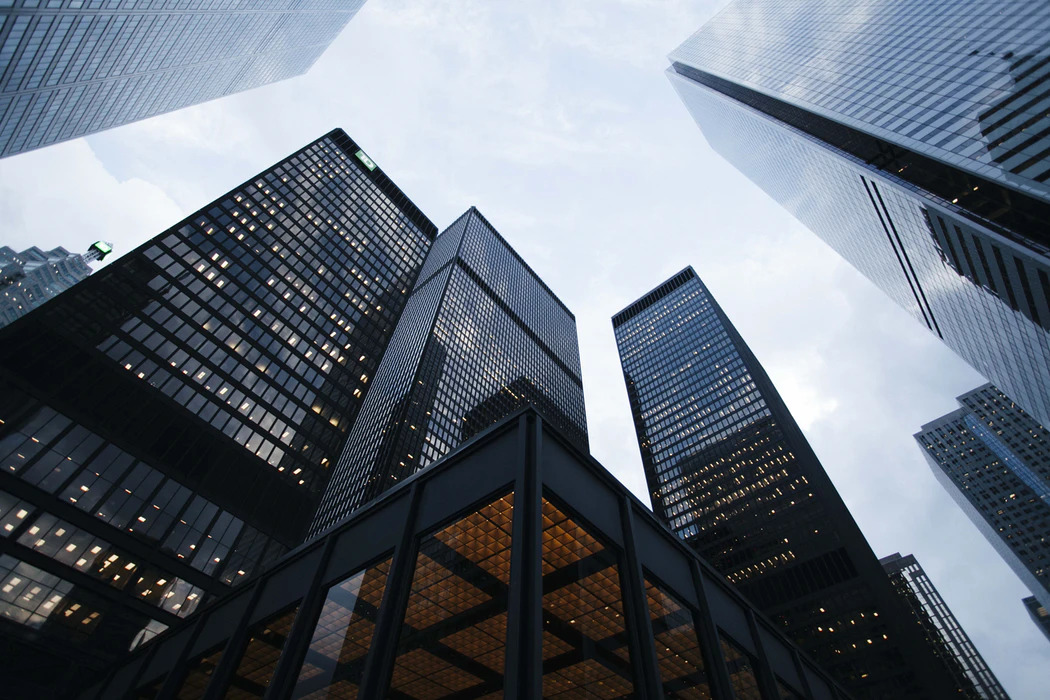Group of students from Escola Secundária José Gomes Ferreira visits DECivil
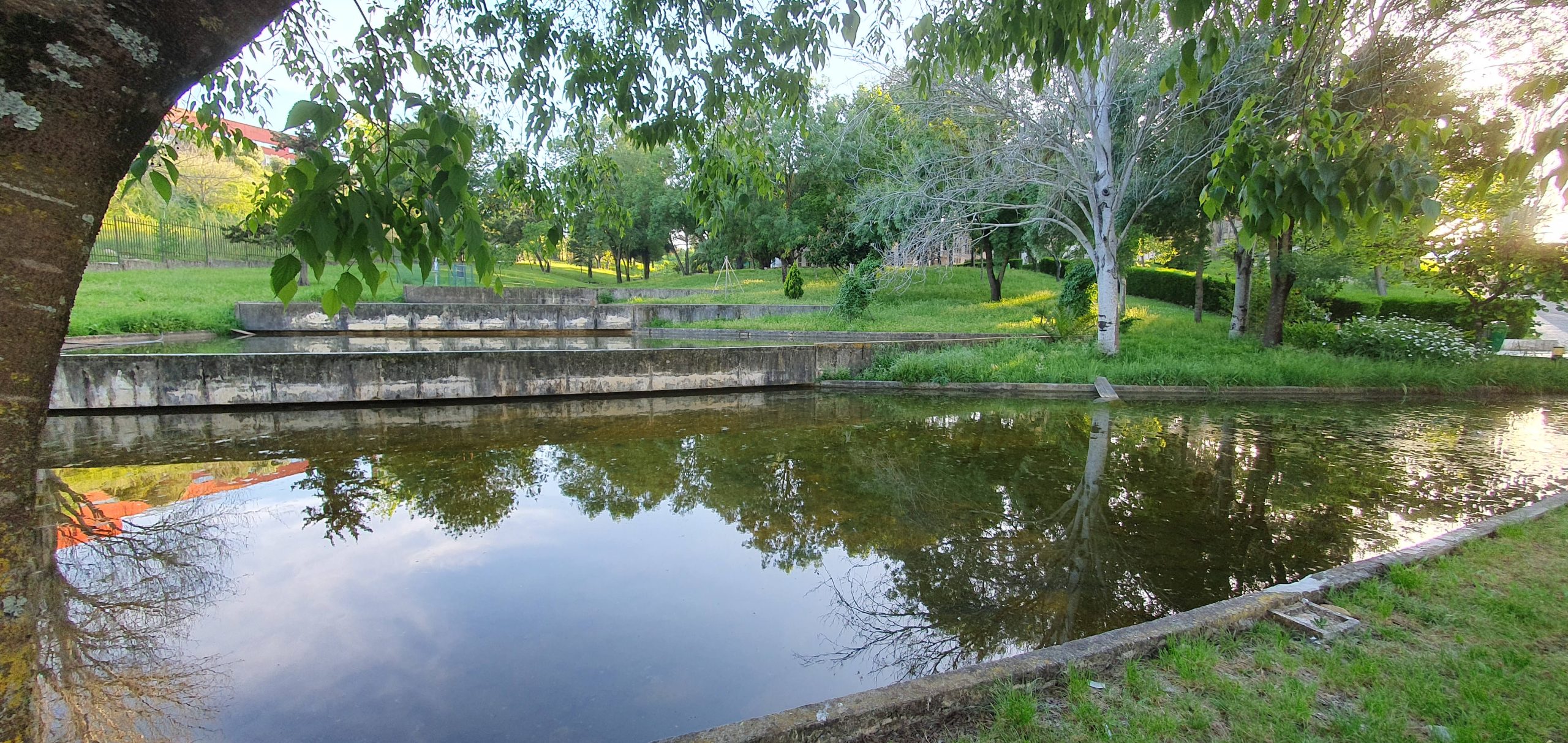
DECivil received a group of students from Escola Secundária José Gomes Ferreira, of Direção do Agrupamento de escolas de Benfica, in Lisbon, on April 15 . The group was made up of 24 students and 2 teachers.
The visits began with a lecture that took place at the DECivil Museum. In this, Professor Carlos Tiago presented various aspects of civil engineering, answering questions such as “What do civil engineers do?” and pointing out the future challenges that today's society faces, such as population growth, resilience to natural disasters, adaptation to climate change and the sustainability of the built environment.
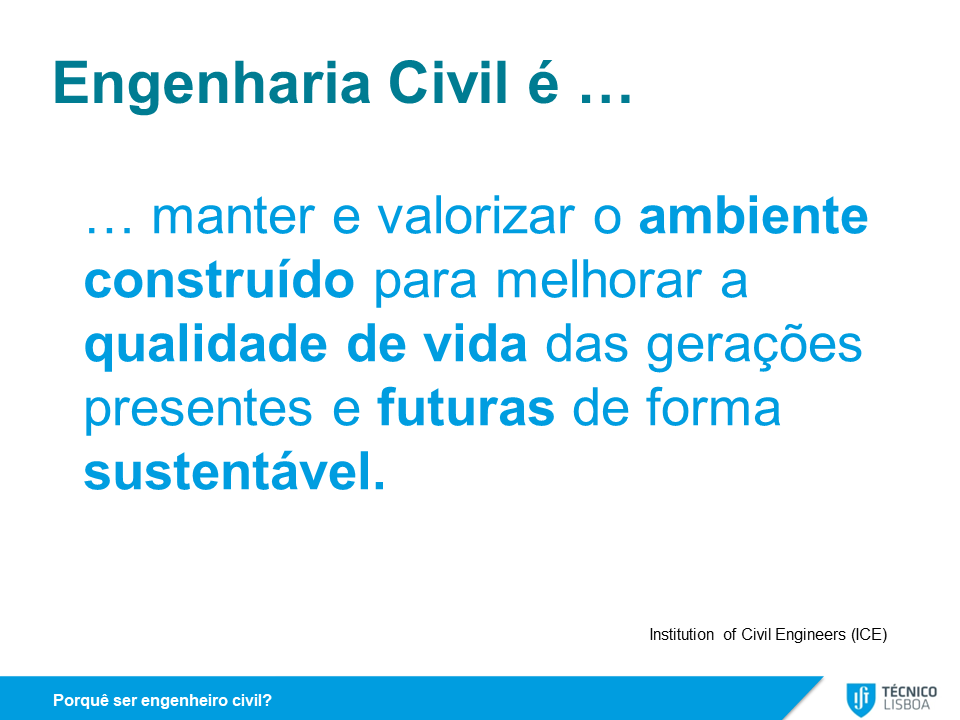
Each group was then divided into two sets to carry out visits in parallel to three laboratories.
During their visits to the Structures and Strength of Materials Laboratory, where they were guided by Professor Carlos Tiago, they had the opportunity to observe reinforced concrete beams reinforced with carbon fibers, FRP (fiber-reinforced polymer) profiles, metallic connections between composite materials, the lateral buckling of a large steel beam and stone masonry walls with various reinforcement solutions. The three-dimensional porch made up of composite fiberglass profiles and concrete slabs mounted on the seismic table, the wind tunnel and the wooden structure taken from a wall of an 18th century "cage building" in Baixa Pombalina were other points of interest.
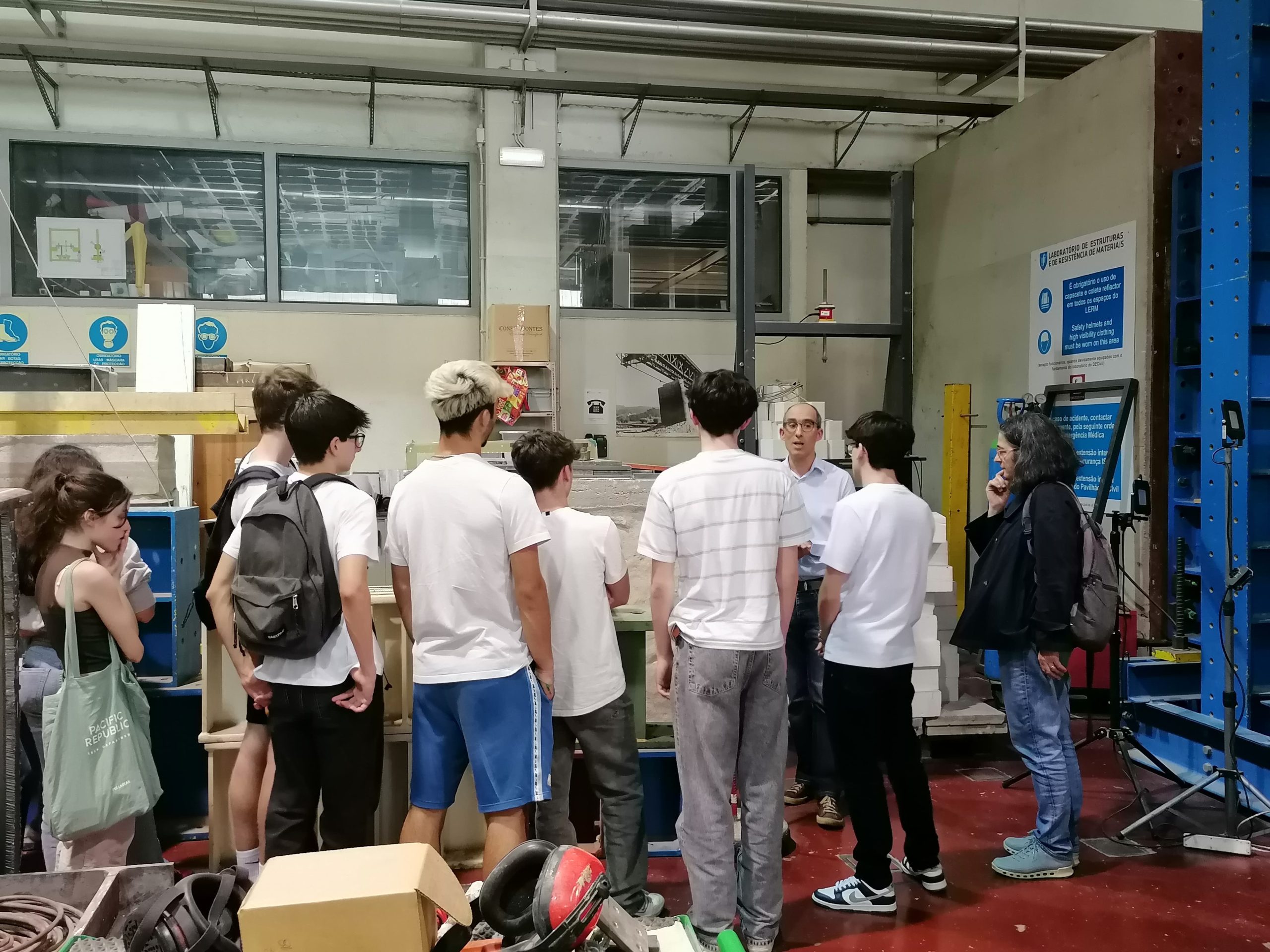
The visits to the Hydraulics, Water Resources and Environment Laboratory were carried out by the final year Master's student in Civil Engineering, Miguel Tavares. The phenomenon of water vaporization due to localized lowering of pressure in a choke in a transparent pipe was shown. The evolution of pressure was visualized along a water pipe with variable section. During the visits, the process of transferring water energy existing in a water pipeline under pressure was observed, for kinetic energy of the jet, kinetic energy of rotation of the shaft of a Pelton turbine and conversion into electrical energy in a small generator that fed from electrical current a lamp. The energy transfer process in a hydraulic wheel installed in a canal was also illustrated. To finish, a brief explanation of hydraulic rebound was given and then the phenomenon was observed in a free surface channel, with different inclinations.

In the Construction Laboratory, students were guided by Professor Rita Nogueira. Here they had the opportunity to observe samples of various types of concrete and the materials that make it up. They had contact with samples of sustainable concrete such as paving blocks produced with recycled aggregates and rice varieties. They also observed the process of hardening the plaster and extinguishing the quicklime. Finally, they watched a demonstration of a compression failure test of a concrete specimen.
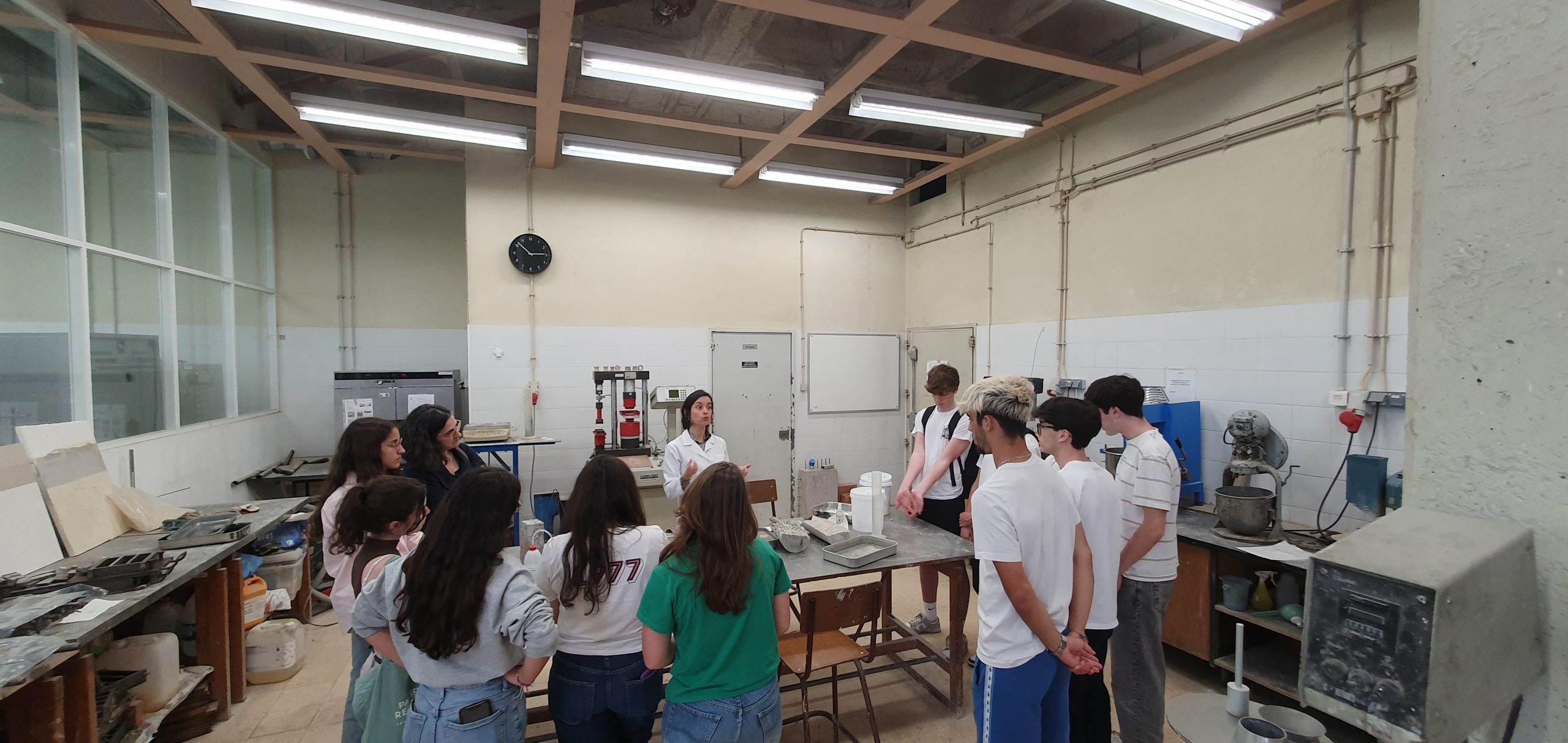
DECivil would like to thank the students of Escola Secundária José Gomes Ferreira for the visit and to everyone who made it possible, namely Professor Margarida Conde, with whom all the details of the visit were organized, Professor Rita Vilela Nogueira, who welcomed the students on visits to the Construction Laboratory and student Miguel Tavares, who guided the visits to the Hydraulics, Water Resources and Environment Laboratory.
🔗 Biography: https://linktr.ee/decivil
